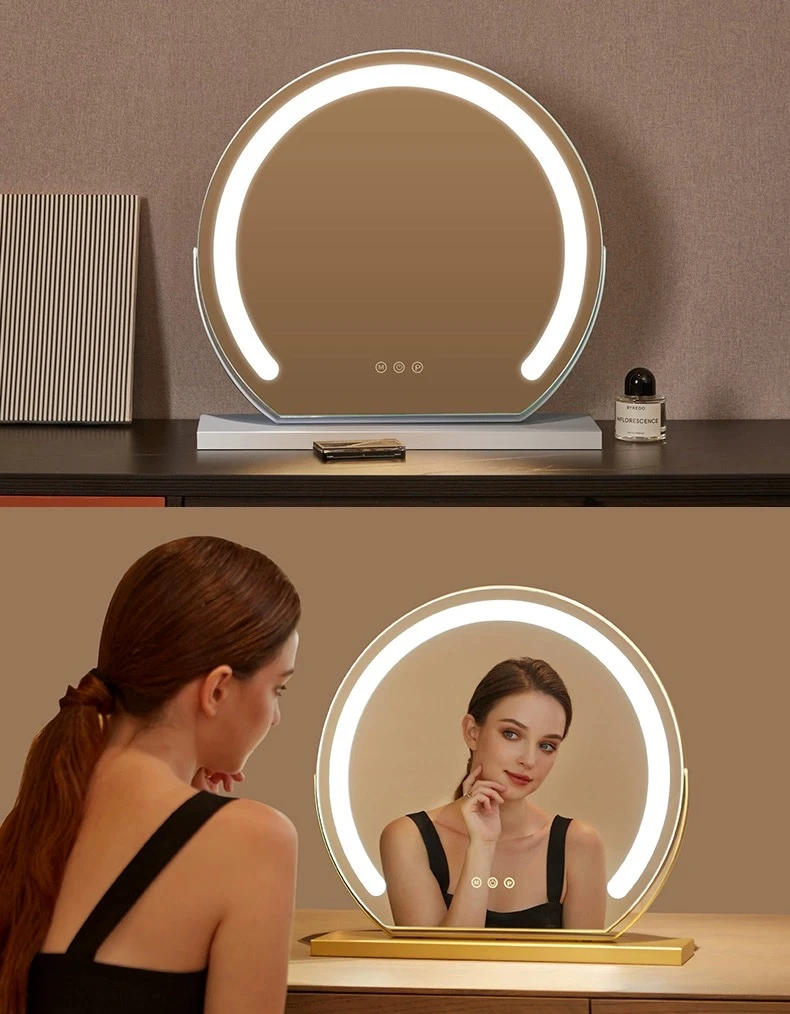

The Enchantment of Colored Mirror Glass A Reflection of Art and Functionality
In a world where traditional glass often dominates architectural and artistic landscapes, colored mirror glass emerges as a stunning alternative that captivates both the eye and the imagination. Its unique blend of vibrant hues and reflective surfaces transforms ordinary spaces into extraordinary experiences, inviting creativity and innovation in design. From modern skyscrapers to artistic installations, colored mirror glass is redefining aesthetics and functionality across various domains.
Colored mirror glass is created through a meticulous process that involves depositing a thin layer of metal oxide onto glass. This process not only adds color but also enhances the reflective quality of the surface. As a result, the glass reflects light in a way that creates a spectrum of colors, shifting with the angle of the viewer’s perspective. This dynamic property makes it an excellent choice for various applications, from decorative elements to large-scale architectural projects.
One of the most enchanting aspects of colored mirror glass is its ability to evoke emotions. The use of vibrant colors can dramatically alter the ambiance of a space, influencing mood and perception. In interior design, colored mirror glass can be employed to create focal points in living areas, bedrooms, and commercial spaces. For instance, a bold red mirror glass accent wall can energize a room, while softer hues like blue or green can instill a sense of calm and tranquility. By manipulating color and reflection, designers can craft environments that resonate with their intended atmosphere, enriching the user experience.
Architectural applications of colored mirror glass are equally compelling. Many contemporary buildings utilize colored mirror glass facades to create visually striking exteriors that interact with their surroundings. These facades not only serve aesthetic purposes but also contribute to energy efficiency by reflecting sunlight and reducing heat absorption. This dual functionality is particularly beneficial in urban environments where buildings often grapple with heat management and energy consumption. Architects can responsibly harness colored mirror glass to create visually stunning structures that are also sustainable.

In the realm of art, colored mirror glass has found its niche as a medium that transcends traditional boundaries. Artists explore its reflective and refractive qualities to create immersive installations that engage viewers on multiple sensory levels. Light plays a crucial role in these artworks, as colored mirror glass can distort and manipulate it to craft a kaleidoscope of colors and patterns. When positioned strategically, the interplay of light and reflection can create mesmerizing visuals that transform the experience of a space, making the viewer an integral part of the artwork.
Furthermore, colored mirror glass is gaining traction in the world of product design. From furniture to accessories, designers are leveraging its luxurious aesthetic to create unique items that stand out. A coffee table with a colored mirror glass surface can serve as both a functional piece and a striking visual statement. In this way, colored mirror glass pushes the boundaries of conventional design, encouraging a bold and experimental approach.
Despite its many advantages, the use of colored mirror glass does come with challenges. Maintenance is key, as the reflective surface can be prone to fingerprints and smudges. However, advances in surface treatments and coatings are making it easier to care for these surfaces without compromising their aesthetic appeal. Additionally, careful consideration must be given to the selection of colors to ensure they align with the overall design vision of the space.
In conclusion, colored mirror glass is more than just a decorative element; it is a versatile material that fosters creativity, innovation, and ecological consideration in design. Its ability to reflect, refract, and transform the ordinary into the extraordinary makes it a sought-after choice in architecture, interior design, and art. As we continue to push the boundaries of what is possible with materials, colored mirror glass stands out as a beacon of beauty and functionality, inviting us to see the world through a prism of color and light.